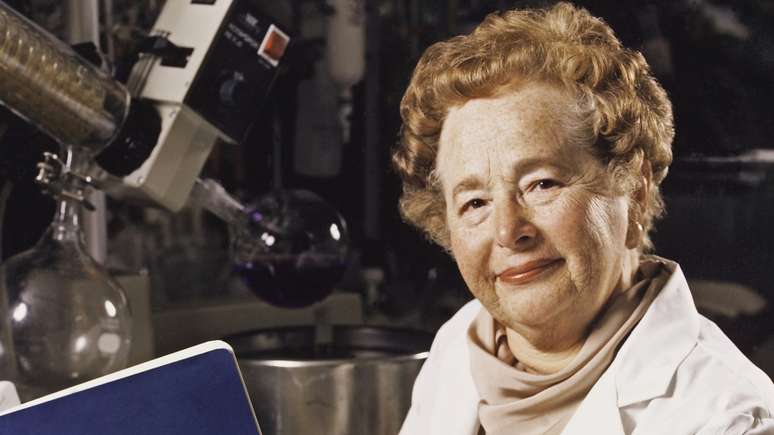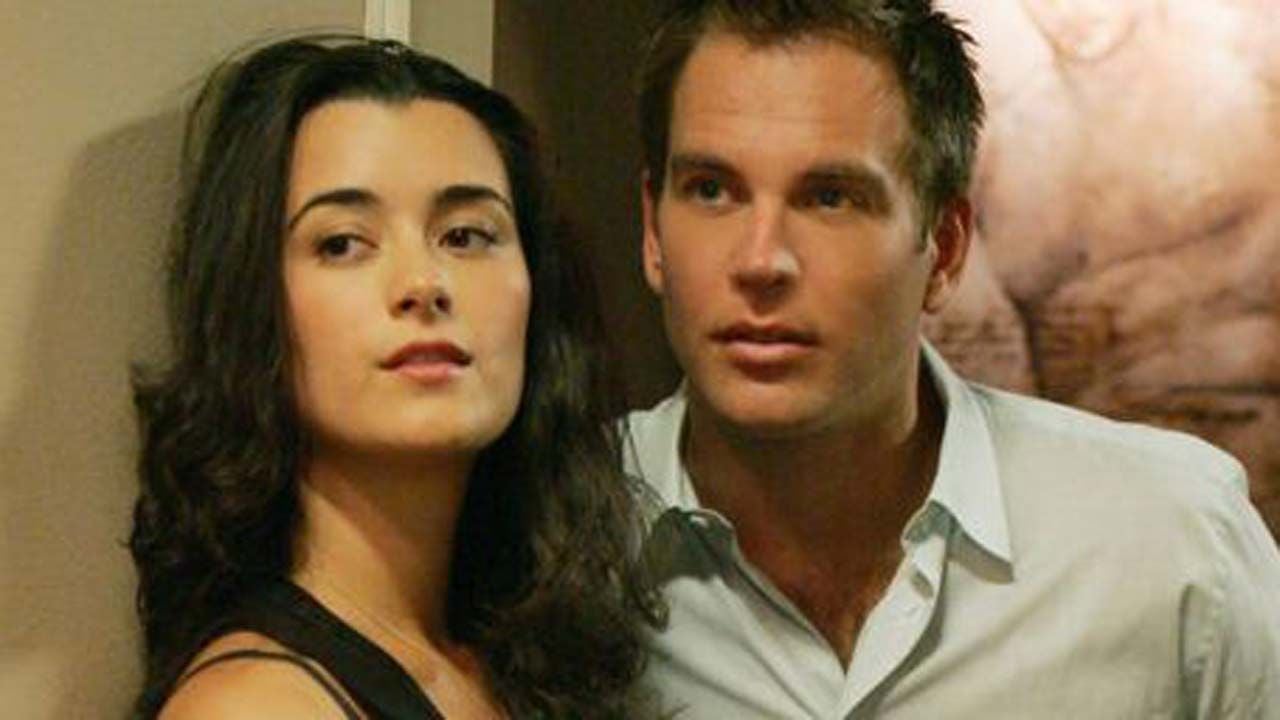On International Women’s Day, homeopathic pharmacist Jamar Tejada listed 6 famous people in science and their respective discoveries or inventions
In this very special week of celebrating International Women’s Day, I would like to leave here my admiration and deepest respect for all of you! There’s that phrase that says behind every great man there’s always a great woman. I disagree, women are ahead and on our side.
html[data-range=”xlarge”] figure image img.img-a1df9bcd4391ee094bf4869f906005ecgfisgul6 { width: 774px; height: 435px; }HTML[data-range=”large”] figure image img.img-a1df9bcd4391ee094bf4869f906005ecgfisgul6 { width: 548px; height: 308px; }HTML[data-range=”small”] figure figure img.img-a1df9bcd4391ee094bf4869f906005ecgfisgul6, html[data-range=”medium”] figure image img.img-a1df9bcd4391ee094bf4869f906005ecgfisgul6 { width: 564px; height: 317px; }
I learned to read and write with aunt Cláudia and aunt Lúcia, I learned math with my “dinda”, to be responsible and get up early with my grandmother Gecy and the first steps – and all the ones I take to this day – with my mother .
If I had to describe each of these women who made me the man I am, this would stop being a column and become a great self-help book. There are no words that can describe all of my learning and my gratitude to you.
Throughout history women have fought for equal rights, and if today – in the so-called modern era – there is still an incredible need to fight, let alone centuries ago, in an even more sexist and retrograde society, if that is even possible .
As a healthcare professional, I could not fail to mention and share the stories of some women in my area who have gone beyond the aspect of intelligence: to receive due recognition in such difficult times, they had to be determined and courageous.
6 women who revolutionized science
Marie Curie, the first female Nobel Prize winner
Maria Skłodowska Curie, known as Marie Curie, was a Polish-born French physicist and chemist who conducted pioneering research on radioactivity. She was the first woman to receive the Nobel Prize, as well as the first person to receive it twice and in different fields: in Physics (1903) with her husband, Pierre Curie, and with the physicist Henri Becquerel for demonstrating the natural occurrence of radioactivity ., and in Chemistry (1911) for the discovery of the chemical elements polonium and radium.
During World War I, when she herself drove ambulances on battlefields, she also created a mobile X-ray device (called a “petite curie”) that helped diagnose trauma and gunshot wounds. He is also responsible for the creation of the Curie Institutes in Paris and Warsaw, still today world references in Oncology.
As a woman, her name was not initially included among the Nobel Prizes in Physics in 1903, but Pierre Curie insisted that his wife be awarded as well. And again: Marie and Pierre refused to patent radium, since, in their opinion, the benefits of using this element belonged to people.
Anna Louise James, America’s first black pharmacist
He was born in 1886 into freedom after his father, a slave on a plantation in the US state of Virginia, fled to the city of Hartford, Connecticut. Anna lei lost her mother at just 8 years old and struggled to fight racism and sexism, she becoming the first woman in the pharmacy class at the Brooklyn College of Pharmacy in 1908.
After graduating, she faced the obstacle of the Connecticut Pharmaceutical Association, which refused her registration as a pharmacist and suggested that she work as a pharmacy assistant. Her professional journey began at Lane Pharmacy in Hartford, owned by Peter Lane, one of only two black pharmacists in the country.
In 1917, when Peter was called up for World War I, he left the pharmacy in Anna’s care and on his return went to work for the Sisson Drug Company. She became the owner of the pharmacy and renamed the company James Pharmacy. To the locals, she was kind, thoughtful, and trustworthy Miss James. Thus, she has inspired other women to fight against racism and sexism and to follow in her footsteps of struggle and love for health.
Elizabeth Blackwell, the world’s first female doctor
Born in Bristol, England, in 1821, she made history as the first woman in the world to receive a medical degree and practice in the United States. Raised by very liberal parents, she was against gender discrimination and advocated that women could fill any role they chose, depending only on their talent and dedication.
Elisabeth was rejected 12 times by different medical schools and admitted to the Geneva Medical College and, after several challenges, graduated at the top of her class and was awarded her doctorate in 1849.
Samuel, his father, a Church of England dissident, was a sugar refiner and (somewhat dubious) abolitionist as he profited from a commodity that depended on slave labor. He gave his five daughters the same educational opportunities as his four sons, moving them from Bristol to New York in 1832 and then to Cincinnati in 1838, hoping to replace Caribbean cane with sugar beets.
Samuel died bankrupt, leaving his daughters with one last lesson: a husband was no guarantee of security, so much so that none of the daughters married.
Elizabeth chose medicine, and after a series of rejections, Blackwell enrolled at the small, rural Geneva Medical College in western New York State, an acceptance that was seen as a sham. The faculty presented the students with the awful idea of admitting a woman, who thought it was funny and, assuming it was a joke, voted unanimously to admit it.
Elizabeth was a pioneer in training nurses and founding medical schools for women in the United States and England, breaking prejudices and inspiring other women to follow this profession.
Letitia Mumford Geer, the inventor of the syringe
Little is known about Letitia’s life: she was born in New York, in 1852. She was a nurse, had three brothers and died on July 18, 1935, at the age of 83, in New York.
His creation, the plunger syringe, allows for the injection of fluids intravenously or the removal of fluids from the body. Although the first model of a syringe was proposed in 1647 by the physicist Blaise Pascal, it was only in 1899 that the nurse Letitia Mumford Geer proposed and patented the device as we know it today, making it much more practical and efficient.
With her invention, Letitia has revolutionized the use of syringes, as the piston model has greatly facilitated the work of healthcare professionals, as it has allowed them to be activated and used with one hand during surgical procedures, for example.
Nettie Stevens and the X and Y chromosomes
Scientist Nettie Stevens (1861-1912) was born on July 7 in the town of Cavendish, Vermont, USA. She daughter of Julia Adams and carpenter Ephraim Stevens, she Nettie lost her mother at the age of 2. Her father remarried and moved to Westford, Massachusetts, where he raised his daughters Nettie and Emma.
She and her sister were two of three women who graduated from Westford Academy between 1872 and 1883. In addition to graduate school at Westfield State University, she studied at Stanford University in 1896, where she also earned her master’s degree in 1900. at Bryn Mawr College, focusing specifically on cellular research.
In 1905, Stevens made one of the greatest genetic discoveries. The scientist observed the mealworm (Tenebrio molitor) and noticed that males had reproductive cells with X and Y chromosomes, while females only had cells with X chromosomes. This allowed her to conclude that biological sex is inherited from chromosomal factor and that males determine this sex.
In 1994, Nettie Stevens was inducted into the National Women’s Hall of Fame, an organization that recognizes the achievements of American women. In 2017, Westfield University opened Dr. Nettie Stevens, named after her.
Gertrude Elion, developer of leukemia treatment
Gertrude Belle Elion is an American dental graduate of York University. About her Witnessing her grandfather’s death from cancer made her go back to school to become a scientist specializing in chemistry, biochemistry, pharmacology, immunology and virology.
In 1937 Gertrude obtained a degree in Chemistry and shortly thereafter enrolled in the Masters in Chemistry at New York University, becoming the only woman in the course.
After obtaining her master’s degree, Gertrude began working with George Hitchings at one of the most important companies in the pharmaceutical industry of the time, Burroughs Wellcome, today Glaxo Welcome, where she remained for over 40 years and revolutionized science with several discoveries in the sector of medicines. .
To devote herself exclusively to these discoveries, Gertrude Belle Elion had to abandon her doctorate, but in the course of her life she received 25 honorary degrees, as well as numerous awards in recognition of her scientific contributions.
In 1988, the Swedish Academy of Sciences awarded Gertrude Belle Elion, George Hitchings and Sir James Black the Nobel Prize in Medicine.
I conclude with the words of Gertrude Belle Elion to women: “Don’t be afraid of hard work. Nothing worthwhile comes easily. Don’t get discouraged or tell yourself you can’t do it. Early in my life, I was told that women couldn’t get into chemistry. I don’t see any reason to which I could not.”
Happy every day women! You guys inspire me everyday to be a better man!
Source: Terra
Ben Stock is a lifestyle journalist and author at Gossipify. He writes about topics such as health, wellness, travel, food and home decor. He provides practical advice and inspiration to improve well-being, keeps readers up to date with latest lifestyle news and trends, known for his engaging writing style, in-depth analysis and unique perspectives.








